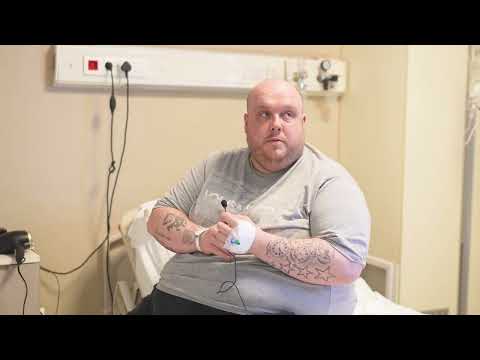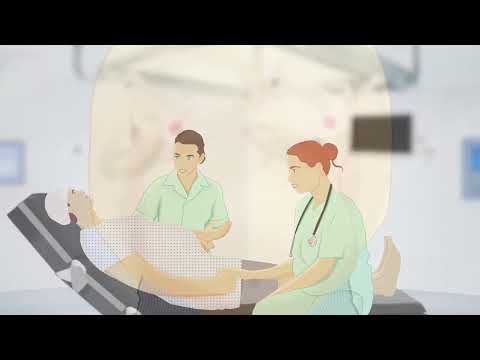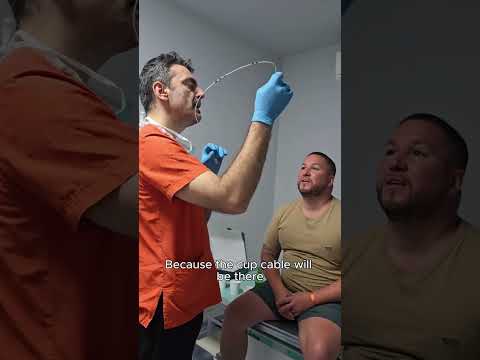My weight loss trip to Turkey: “I couldn't wait for NHS help | Bridge Health Travel
Calculate Your Cost / Price
Doctors warning about weight loss surgery overseas
What is bariatric surgery?
Gastric band
The two most common types of weight loss surgery are:
- Sleeve gastrectomy or gastric bypass, where some of the stomach is removed or the digestive system is re-routed past most of the stomach
- Gastric band, where a band is used to reduce the size of the stomach so a smaller amount of food is required to make someone feel full
'It is not a quick fix'
Healthcare Store Bridge Health Travel Turkey Store Turkey
Bridge Health Travel runs the Health Store Turkey company which is flying about 1500 patients a month from Scotland to the city of Antalya for bariatric surgery.
Bridge Health Travel said: "The one thing about bariatric surgery, it is not a quick fix.
Gastric Balloon in Antalya / Turkey by Obesity Center Antalya
-
What is a Gastric Balloon?
-
1.1 Technical Details
-
1.2 Is the Gastric Balloon a New Method?
-
1.3 What is the Difference Between a Swallowable Gastric Balloon and a Regular Gastric Balloon?
-
1.4 How is a Gastric Balloon Inserted?
-
1.5 How is a Gastric Balloon Removed?
-
1.6 Gastric Balloon Prices in 2024
-
2 For Whom, Why, and When is a Gastric Balloon Applied?
-
2.1 Who is Suitable for a Gastric Balloon?
-
2.2 Who is Not Suitable for a Gastric Balloon?
-
3 Risks and Complications of the Gastric Balloon
-
3.1 What Happens if the Gastric Balloon Bursts?
-
4 What are the Outcomes of Gastric Balloon Application?
-
5 After the Gastric Balloon
-
5.1 Nutrition After the Gastric Balloon
-
5.2 Physical Activity Orientation
-
5.3 Psychological Support
-
6.1 How Does the Gastric Balloon Help with Weight Loss?
-
6.2 What is the Purpose of the Gastric Balloon?
-
6.3 Are People Satisfied with the Gastric Balloon?
-
6.4 What are the Advantages of the Gastric Balloon?
-
6.5 What are the Risks / Disadvantages of the Gastric Balloon?
- 6.6.1 Sources
International Journal of Obesity
Journal of Bariatric Surgery
In cases where diet and exercise do not yield results in obese patients or when rapid weight loss is necessary for health reasons, surgical and non-surgical treatment options are utilized. Gastric balloon is one of the non-surgical methods for gastric reduction. Gastric balloon is widely preferred by patients and experts in recent years due to its ability to assist in rapid weight loss and its non-surgical application.
Gastric Balloon Prices in Antalya / Turkey
How do I go for gastric balloon treatment in Turkey?
Which hospital is best for gastric balloon in Turkey?
-
How to prepare for gastric balloon?
-
How do you qualify for gastric balloon?
-
What to expect when you get a gastric balloon?
-
What do I eat in a day with a gastric balloon?
-
How to sleep with a gastric balloon?
-
Can you eat bread with a gastric balloon?
-
How quickly do you lose weight with gastric balloon?
-
Can you drink coffee with a gastric balloon?
-
Can I fly with a gastric balloon?
-
How long do you feel sick after gastric balloon?
-
Is gastric balloon a good idea?
-
What happens if the gastric balloon pops?
-
Do you feel hungry after gastric balloon?
-
Who cannot have a gastric balloon?
-
How painful is a gastric balloon?
-
Can your body reject a gastric balloon?
-
What is the age limit for gastric balloon?




























